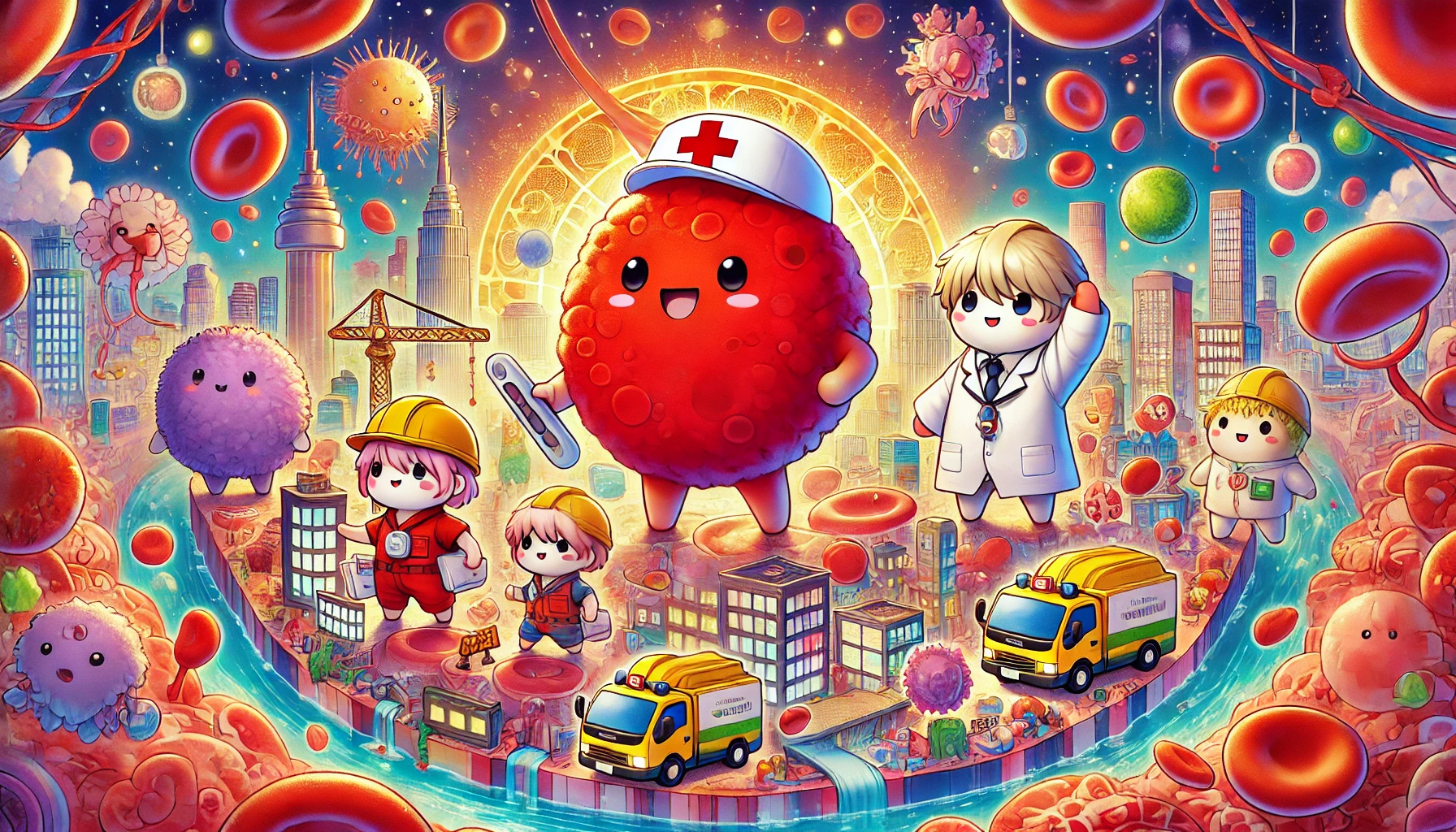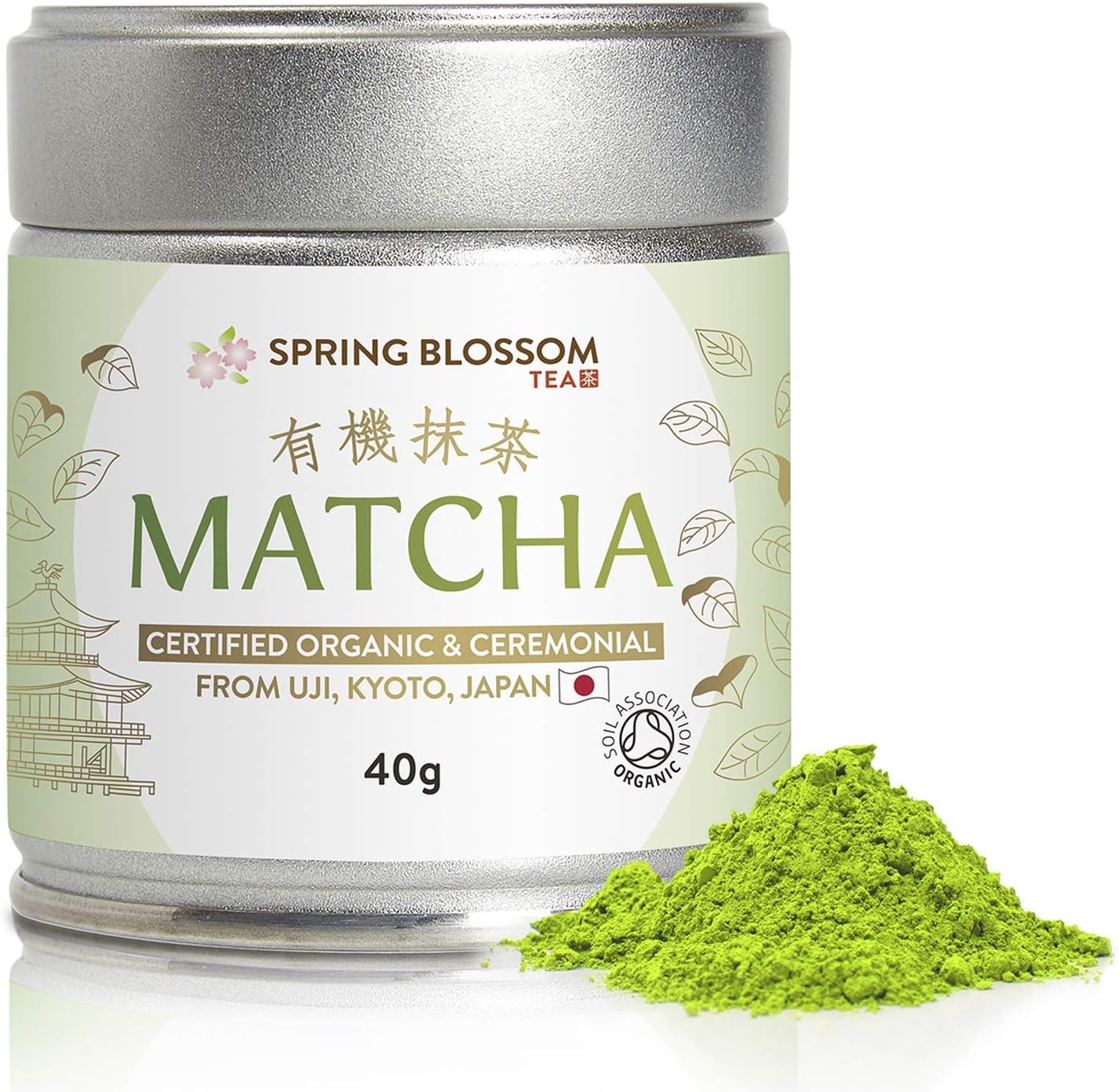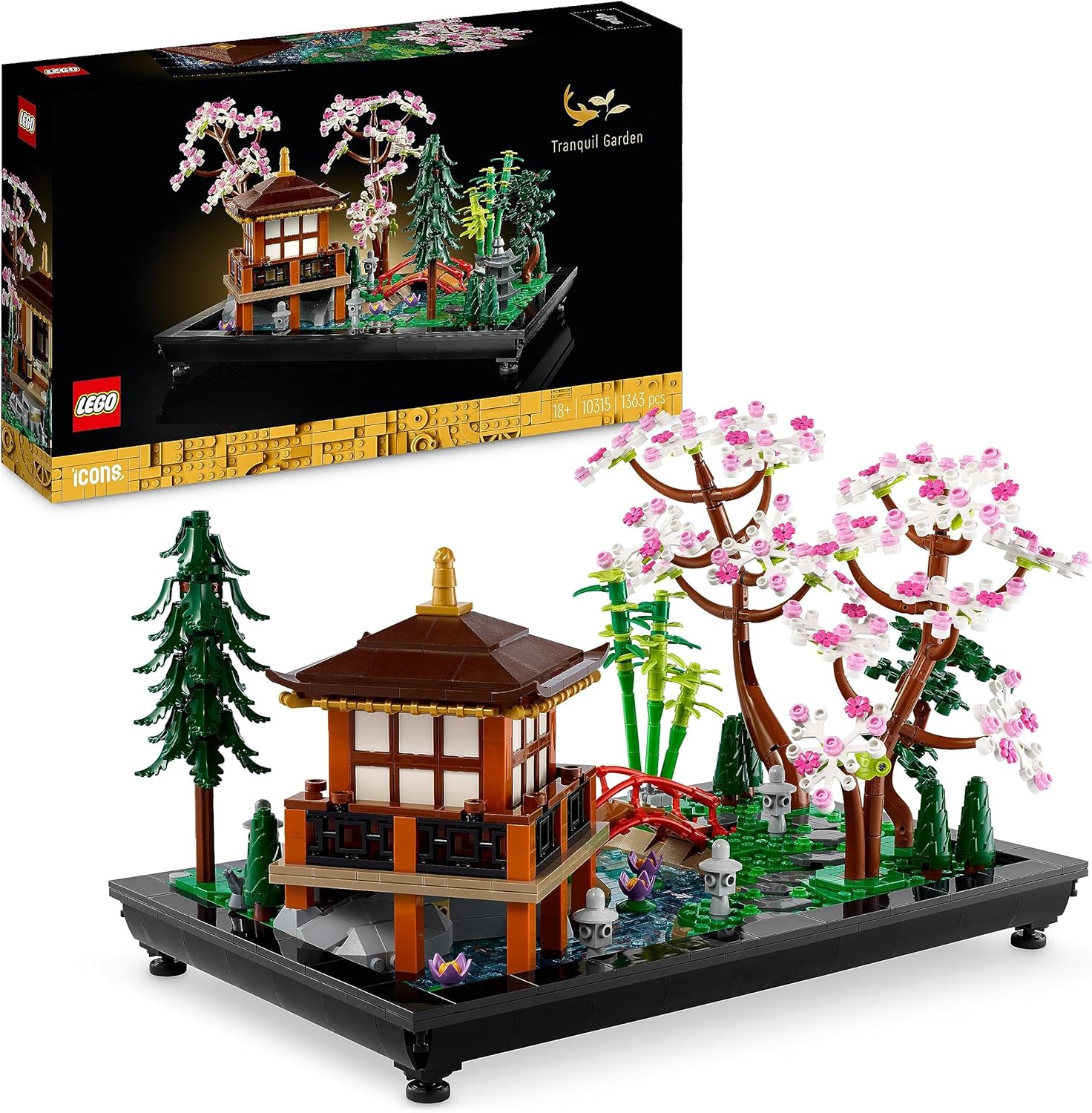Battle Bacteria and Learn Japanese: Dive into the World of Cells at Work!
Posted on: 2024-12-01 | at: 05:08:12
Are you ready to dive into the microscopic world inside your body while leveling up your Japanese? Let’s explore 働く細胞 (Cells at Work!), a fun and educational anime that anthropomorphizes cells as workers in a bustling city. Along the way, you’ll learn Japanese vocabulary related to the human body, especially terms for different cells and their roles.
Whether you’re studying for the JLPT or just love anime, this show is packed with “comprehensible input” (入力, にゅうりょく) to help you learn naturally. Let’s break down the basics so you can jump into the show fully prepared!
—
What is 働く細胞 About?
Imagine your body as a city, with billions of workers hustling 24/7 to keep things running smoothly. Every cell has a job, from delivering oxygen (酸素, さんそ) to fighting off bacteria (細菌, さいきん). Cells at Work! follows the adventures of Red Blood Cell (赤血球, せっけっきゅう) AE3803 as she learns her job and teams up with White Blood Cell (白血球, はっけっきゅう) U-1146 to defend the body from invaders.
The anime is not only entertaining but also teaches you real science, all while exposing you to everyday Japanese vocabulary.
—
Blood Cells in Japanese
To understand the show, you’ll want to know the basic blood cells and their roles:
1. 赤血球 (せっけっきゅう) – Red Blood Cell
These cells deliver oxygen (酸素) to tissues and take away carbon dioxide (二酸化炭素, にさんかたんそ).
AE3803 is a slightly clumsy 赤血球 but always tries her best!
2. 白血球 (はっけっきゅう) – White Blood Cell
These immune cells patrol the body, destroying bacteria (細菌) and viruses (ウイルス).
U-1146 is the show’s main 白血球, often covered in blood after battles.
3. 血小板 (けっしょうばん) – Platelets
These tiny cells repair wounds (傷, きず) by forming blood clots (血栓, けっせん).
In the show, they’re depicted as adorable children who work together like a construction crew.
—
Key Immune System Cells
The immune system (免疫系, めんえきけい) is the body’s defense force, and Cells at Work! introduces many of its players:
1. キラーT細胞 (キラーTさいぼう) – Killer T Cell
These aggressive cells destroy infected cells and cancer cells (がん細胞, がんさいぼう).
Their hot-headed personality matches their destructive job.
2. マクロファージ (Macrophage)
These multitaskers engulf pathogens (病原体, びょうげんたい) and clean up debris.
Despite their gentle appearance, they’re fearsome warriors in battle.
3. ヘルパーT細胞 (Helper T Cell)
The strategists who direct the immune response.
They’re like generals giving orders to the immune army.
4. 制御性T細胞 (せいぎょせいTさいぼう) – Regulatory T Cell
These cells calm down the immune response after the danger is gone, preventing autoimmune issues.
—
Other Important Terms
Here are some additional terms you’ll encounter in the show:
細胞 (さいぼう) – Cell
感染症 (かんせんしょう) – Infection
抗体 (こうたい) – Antibody
炎症 (えんしょう) – Inflammation
血液 (けつえき) – Blood
動脈 (どうみゃく) – Artery
静脈 (じょうみゃく) – Vein
—
Why Watch 働く細胞?
1. Learn Science and Japanese Together
You’ll not only expand your Japanese vocabulary but also learn fascinating facts about how your body works.
2. Comprehensible Input (入力)
With plenty of repetition and visual cues, the show helps you understand the context, even for new words.
3. Fun and Memorable Characters
By associating terms like 赤血球 or 白血球 with likable characters, you’re more likely to remember them.
—
How to Get the Most Out of 働く細胞
Watch with Japanese Subtitles (字幕, じまく): Pause to look up words and take notes.
Repeat Key Phrases: Practice saying terms like “酸素を届けます!” (I’m delivering oxygen!) out loud.
Make Flashcards: Create cards for terms like 細菌 (bacteria) or 血小板 (platelet).
—
Ready to meet your body’s unsung heroes? Dive into 働く細胞 and immerse yourself in Japanese while learning how your body fights to keep you alive every day. Who knew biology could be this fun?


